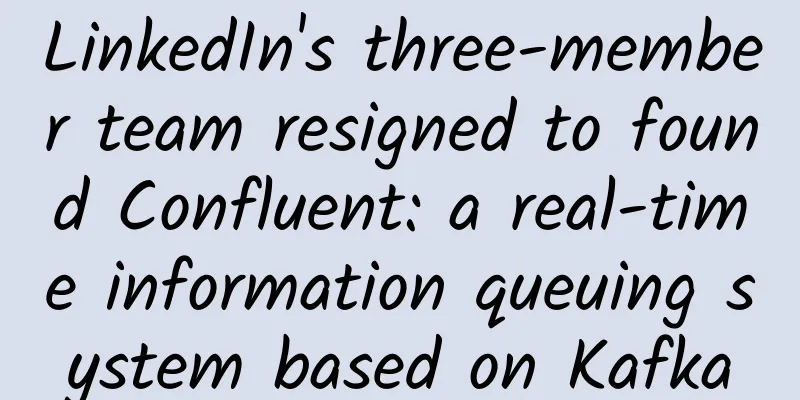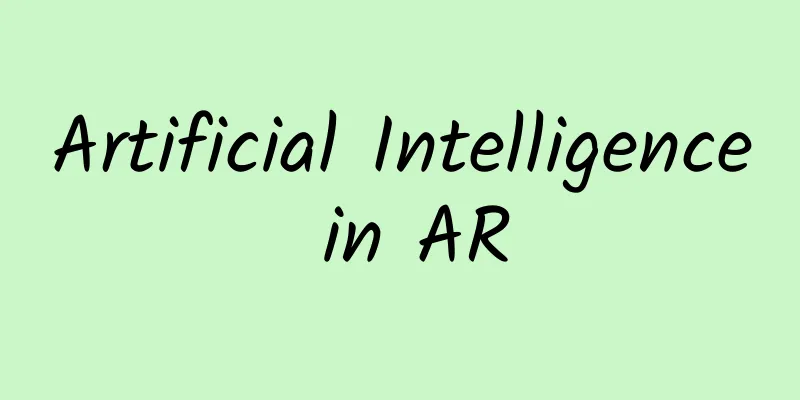LinkedIn's three-member team resigned to found Confluent: a real-time information queuing system based on Kafka

|
A three-member team from LinkedIn started a business - they were the team members who developed the Apache Kafka real-time information queue technology at the time. Based on this technology, Jay Kreps took the lead in founding a new company Confluent, which is committed to providing real-time data processing service solutions for companies in various industries. The other two members are Neha Narkhede and Jun Rao. The company has received $6.9 million in financing from Benchmark, LinkedIn, and Data Collective. Kreps described Kafka as LinkedIn's "central nervous system," managing the flow of information coming in from various applications, processing it, and then distributing it everywhere. Unlike traditional enterprise information queuing systems, Kafka processes all data flowing through a company in near real-time. It has built real-time information processing platforms for LinkedIn, Netflix, Uber and Verizon. Confluent's vision is to allow other companies to use this platform. Confluent has learned about their usage models from Kafka users. There are no products yet, but these practices are enough to inspire what kind of products Confluent should build. Kreps admits that he was initially skeptical that non-network companies would be interested in technologies like Kafka, but changed his mind when he saw the widespread adoption of the technology in the financial services and telecommunications industries. In March of this year, he visited a company called Synapse Wireless, which uses Kafka to support a sensor network system for tracking the hygiene habits of hospital staff. Therefore, he believes that the demand is absolutely there, and Confluent's advantage lies in near real-time performance. Kreps believes that building a company based on Kafka information processing technology is always more reliable than building a company based on open source stream processing technology such as Apache Storm, because information queues are a more basic component of advanced data processing architectures. He still remembers that when he first joined LinkedIn, the website only had a batch processing system, and everyone was very happy when the stream processing system was later introduced. Later, they realized that LinkedIn did not have an architecture that supported this system. “The reason most companies today are lagging behind the best is that they have very little access to data in real time.” Once companies find the right technology stack, they can build IoT or other sensor-based applications, or other businesses that pull large amounts of data from many sources into back-end systems. “This actually opens up entirely new use cases,” Kreps said, “and they’re use cases that otherwise wouldn’t really be opened up.” |
<<: Lei Jun's 10,000-word speech: My view on the next 20 years
>>: Mozilla CTO publicly blames Android and iOS
Recommend
A "Huashan Sword Contest" in the organic chemistry community has produced fruitful scientific and spiritual fruits
In the field of organic chemistry, a long-lasting...
Google launches game dashboard and 3-speed game mode API for Android 12
[[410960]] July 13 news Google held a game develo...
From power outages to world standards, this technology opens up the "high-speed railway" of electricity
From power outages due to poverty to 24-hour brig...
Analysis of Tik Tok’s penetration into lower-tier markets!
More than half of the video industry's users ...
How to refine bidding promotion accounts and improve promotion effects!
When we do promotion, the proportion of bidding p...
How did Douyin achieve 3.4 billion views for brand promotion?
Tik Tok, the most popular short video platform at...
A brief analysis of the private domain traffic growth model!
Today, the reason why fission is so popular is th...
Hidden Sail Reef: How to do keyword mining in Chongqing SEO optimization?
At present, when companies conduct online promoti...
Credit Suisse: Tesla's vehicle deliveries are expected to hit a new high in Q1 2022, with an expected year-on-year increase of 120,000 vehicles
Although the entire automotive industry is experi...
The "crawling exercise" has become popular. Is it really useful? What are the taboos?
Recently, "crawling exercise" has sudde...
How to become an operations expert, user growth system
Let’s first understand the difference between use...
How do I migrate a WeChat mini program to a Baidu mini program?
Q: How do I migrate a WeChat mini program to a Ba...
Sand and dust: I left. I am back again... Netizens: Is this "returning sand"?
Starting in the evening of April 12 Beijing's...
No need for delivery people for food delivery? Meituan opens unmanned delivery platform to reduce labor costs
On July 25, Meituan launched an open platform for...
Qualcomm Snapdragon can run Win10. What does Microsoft want to do?
The yellow bell is broken and discarded, while the...









